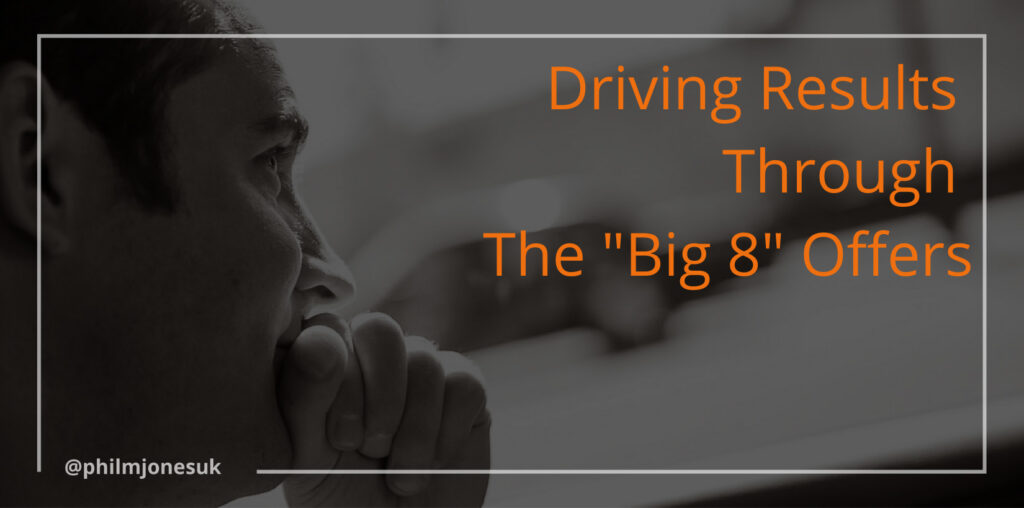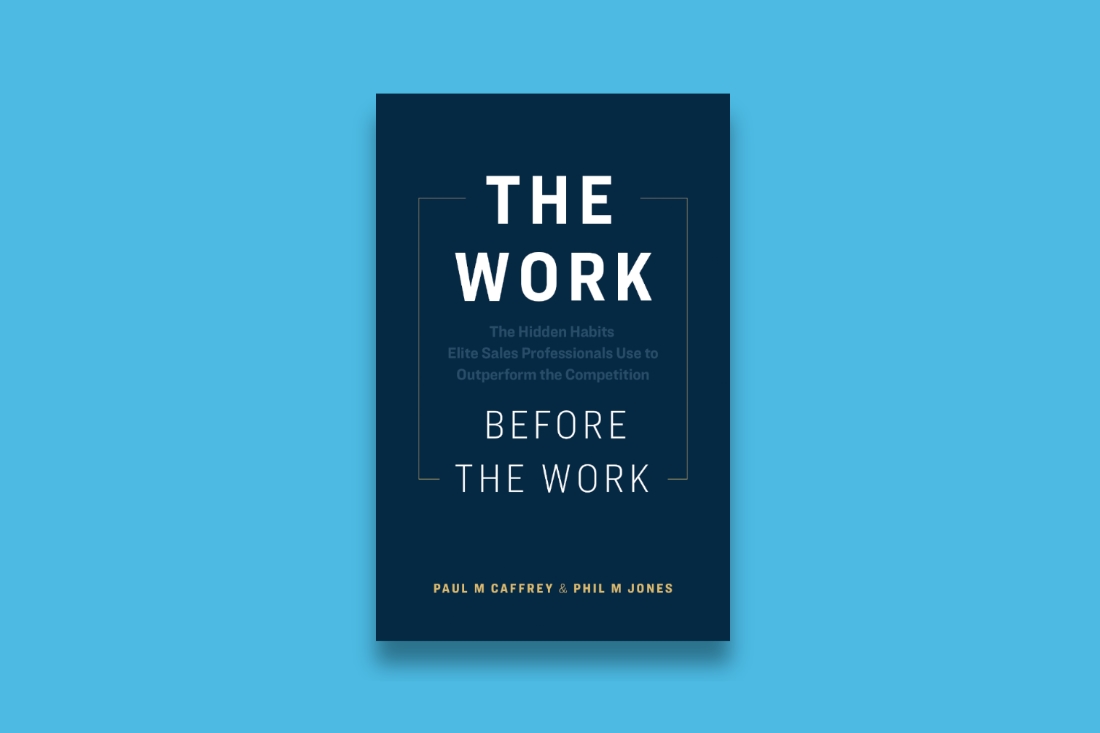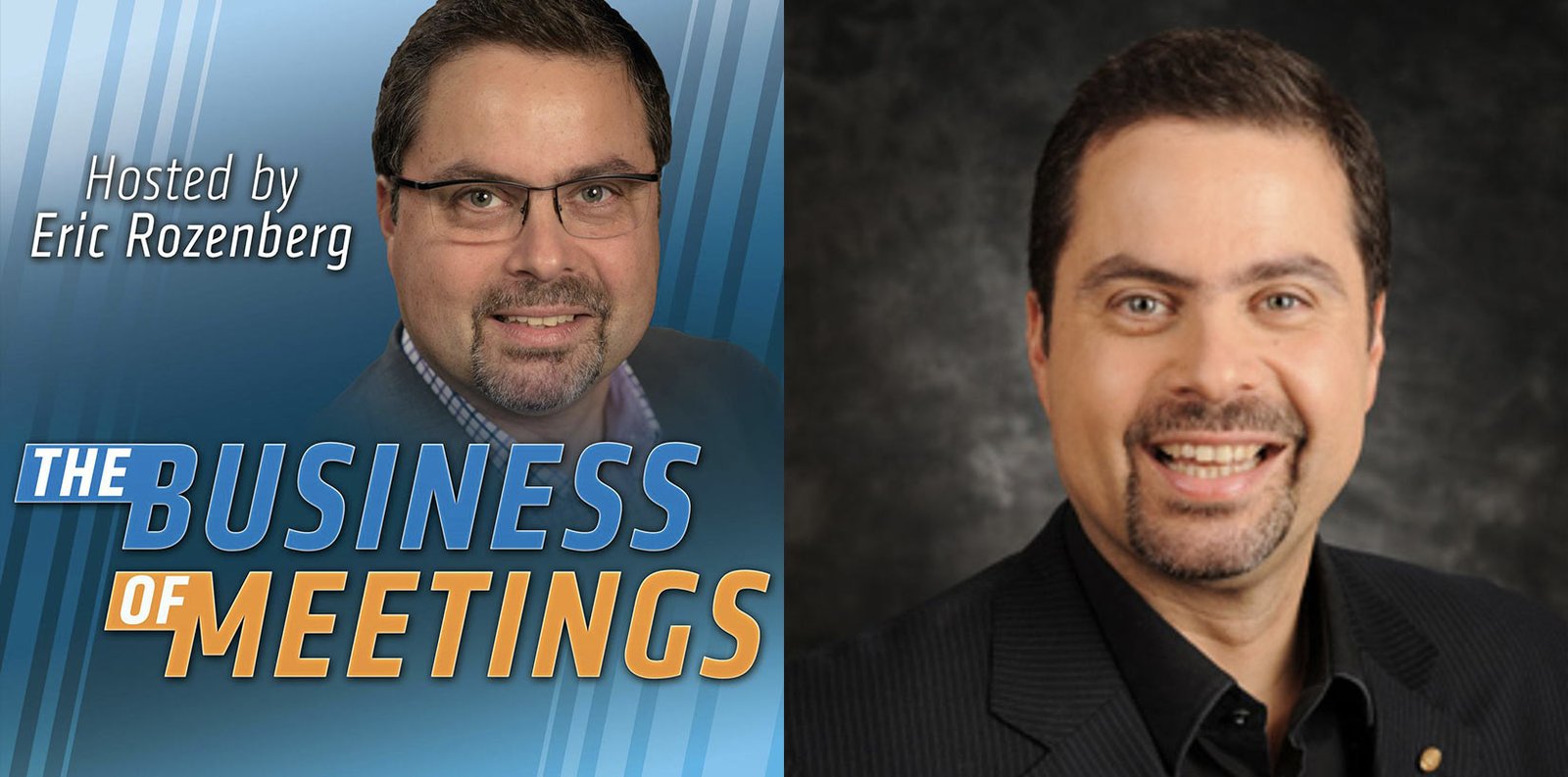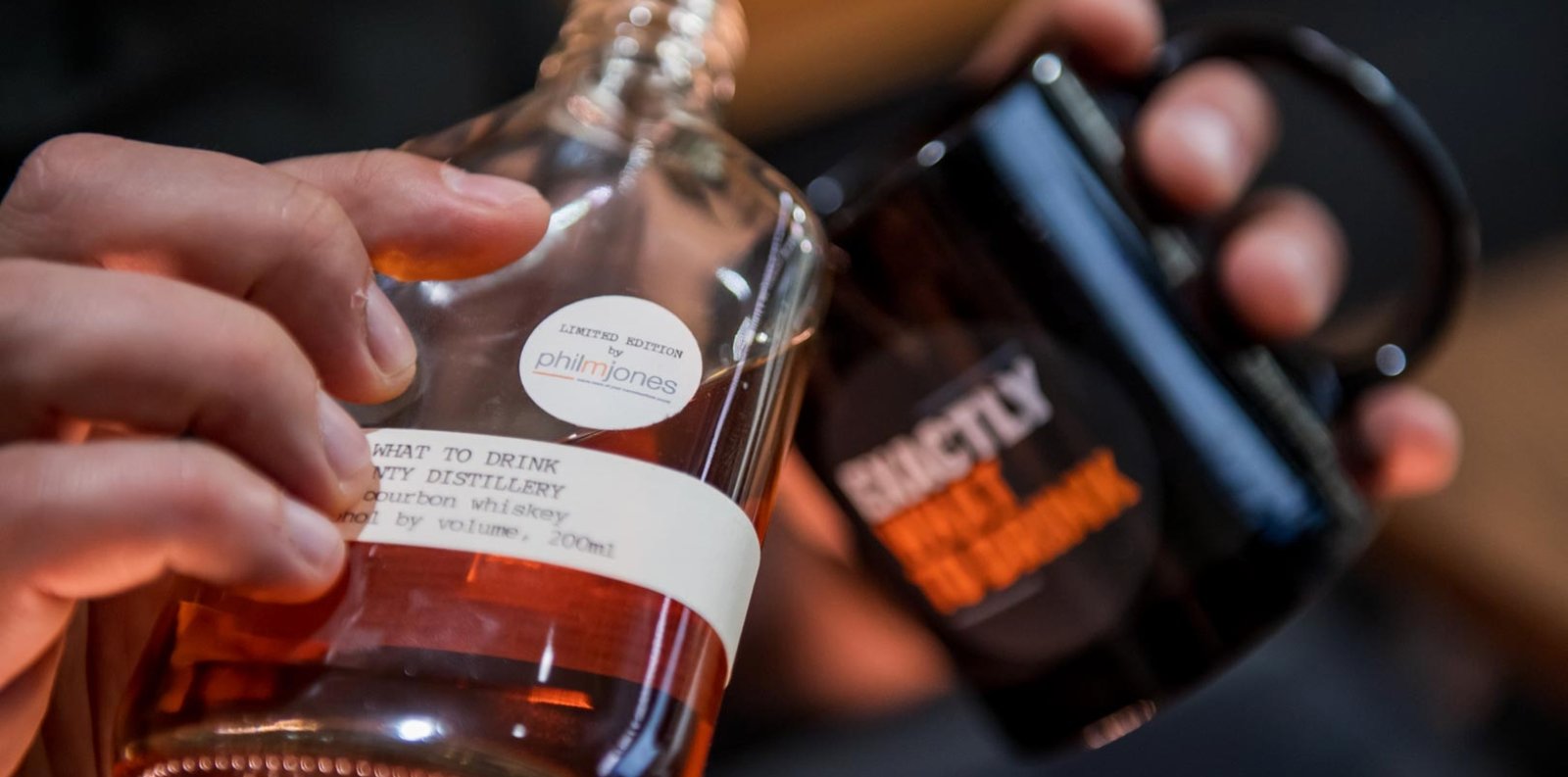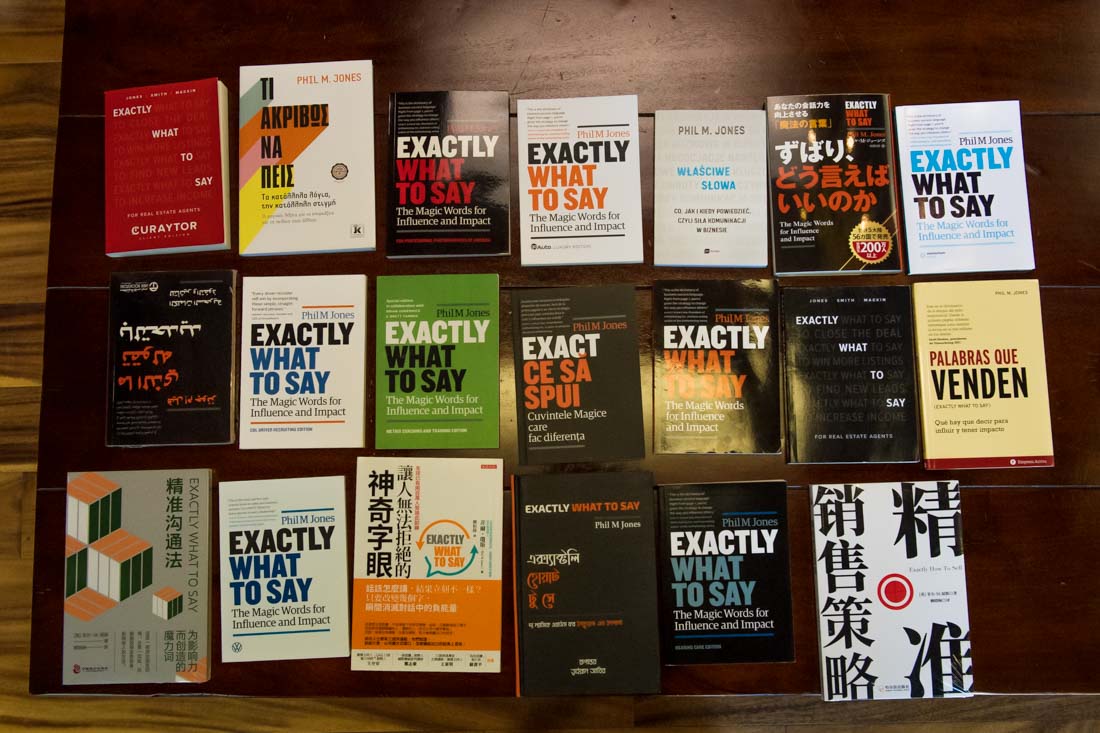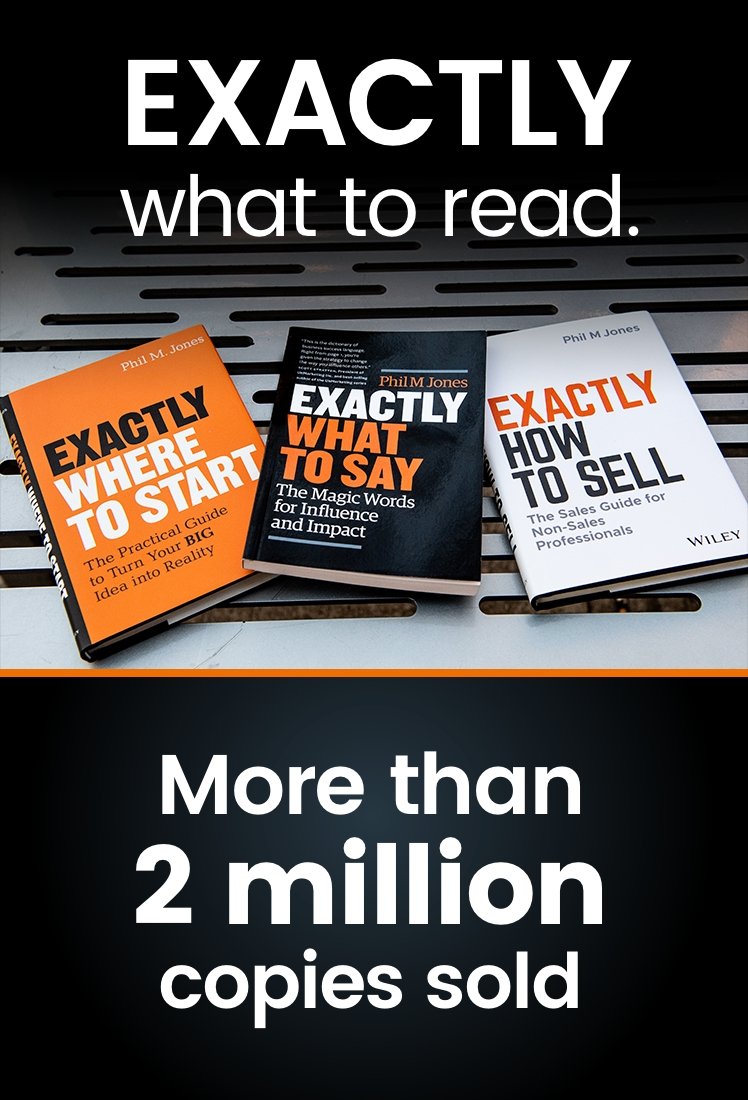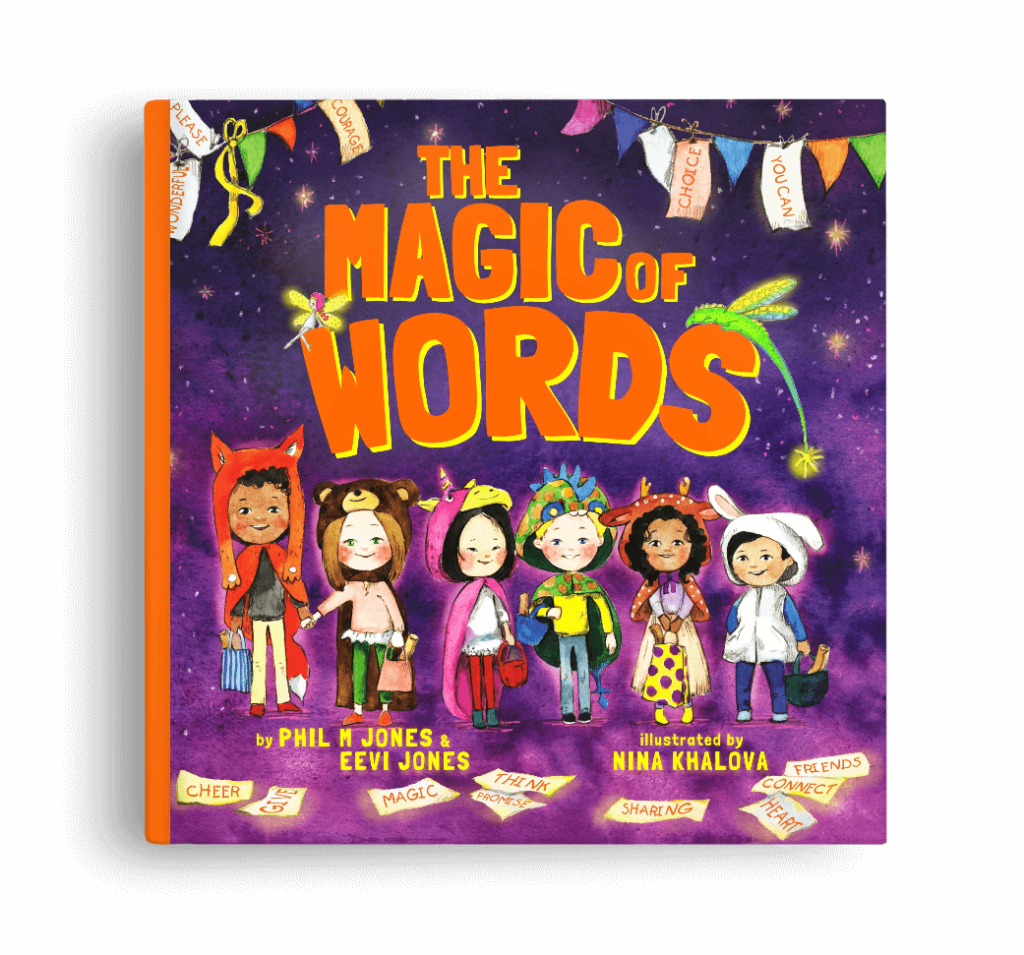We all know that there are really only three ways you can build a business. You acquire more customers, you get customers to come back more often or you convince customers to spend more money each time they shop. When you spend a Sunday online shopping or going to the mall, I’m sure you’ve seen extraordinarily successful retailers doing exactly these things.
Even if you’re a small business owner, you can learn a few lessons from the big players in retail. Today I’ll be sharing with you eight different types of packaged offers. They each drive customer behavior in a slightly different way, but they can all trigger amazing results.
Multi-Buy Offers
When stores offer buy-one-get-one-free or three-for-two deals, they’re subtly encouraging customers to switch loyalty from one consumable good to another. A multi-buy offer convinces you not only to try something new, but to buy more of it than you actually need.
After using so much of the product, you become familiar with it and seek it out next time you walk through the same store. You’ve quickly switched your allegiance without logically weighing the pros and cons of different brands. When you use multi-buy offers in your own business, you’re creating loyal fans of your product.
Discounts
One reason you might roll out a discount offer is to get rid of things you don’t want on your shelves anymore. You’re keeping the stock moving by convincing pre-existing customers to fill out their baskets just a little bit more with something that they don’t want that badly, but is priced too low to resist.
The other reason for a discount is to attract brand-new customers. These customers are attracted by a product that’s discounted so ridiculously deeply that they’d be a fool to buy from another brand. We can target these offers to people who are new to our products or label.
Conditional Offers
With a conditional offer, you get something added to a purchase provided you meet a certain condition. For example, if you spend $50 on a purchase around the holidays, you’ll get $25 off on your next order. That promise for your next purchase drives you back into the store even after the discount period is over. Doing this in your own business not only increases customer loyalty, but also slightly drives up the amount of money your clients are willing to spend on their first order.
Extension of Payment Terms
People nowadays care more about how much something costs per month than how much it costs per purchase. So you can make your customers’ lives easier by extending your payment terms and allowing them to spread their investment in your products or services over a month, or even letting them buy now and pay later.
Encouraging your clients to spend money they’ve allocated for the month but don’t have at the moment increases your average basket size and order value. You can even enhance this effect by adding new and innovative payment options, or taking credit card payments if you don’t already.
Gifts with Purchase
You’ll see dozens of gifts offered with purchase around the holidays in department stores. At perfume counters, a 25 ml bottle of fragrance might be $52, and a 50 ml bottle would be $75. The store encourages you to buy the larger perfume by offering a gift with purchases of over $75. Usually these extra gifts are highly attractive to the customer, and majorly drive up average transaction value.
You can add extra bells and whistles, like tiered gifts, to this strategy. But the most important thing to do, no matter how elaborate your pricing scheme is, is to put a price on the gift you’re distributing. This price helps the customer fully understand the value proposition you’re offering.
Memberships and Subscriptions
Subscription programs have erupted in popularity within the last few years. This explosion didn’t just happen out of the blue! With online transactions becoming more popular, companies can’t count on customers to show up in person at their store every month and buying a new face mask or copy of a magazine. So they entice you to sign up for receiving that product every week or month, guaranteeing the success and frequency of your purchase. You can do this in your own business to turn online shoppers into loyal, committed customers.
Limited Offers
I used to work for a British furniture group called DFS. DFS was known for its limited-time offers, so much so that people would jokingly call it “Definitely Finishes Sunday.” But DFS did this for a reason — they were masters at creating scarcity and urgency.
When you put a definitive end date on your promotion, you acquire new customers by triggering them to fear losing out if they don’t make up their mind today. Limited offers create scarcity in time or physical supply. Either way, your client base will rush to come to a decision so they don’t feel foolish when it’s too late to take advantage of the sale.
Loss Leaders
A loss leader is when you sell something for less than it cost you so you can drive additional traffic. This strategy may seem counterintuitive at first, but it can work brilliantly. When the last Harry Potter book came out in the UK, a supermarket called Tesco started selling it for a ridiculously low price. This price was certainly lower than what they paid for the books, but the promotion drove floods of customers into their stores on the day of the launch.
Wisely, Tesco positioned the Harry Potter books at the back of their stores so customers would see dozens of other attractive products before and after reaching the product for which they came. This placement encourages clients to spend money on more than just the loss leader. So don’t be afraid of trying out a loss leader — they can be marvelously profitable.
With these eight offers under your sleeve, you’ll be able to operate a winning business where new customers keep streaming in and your client base loyally earns you a great profit.


